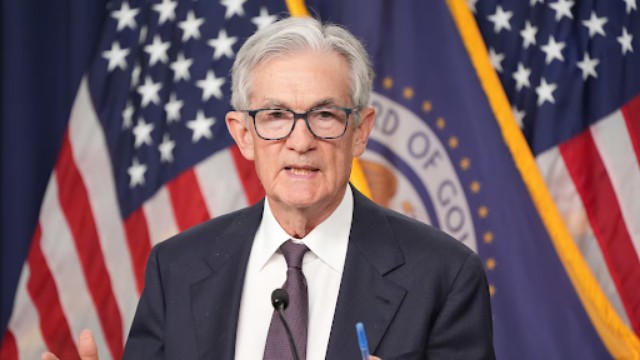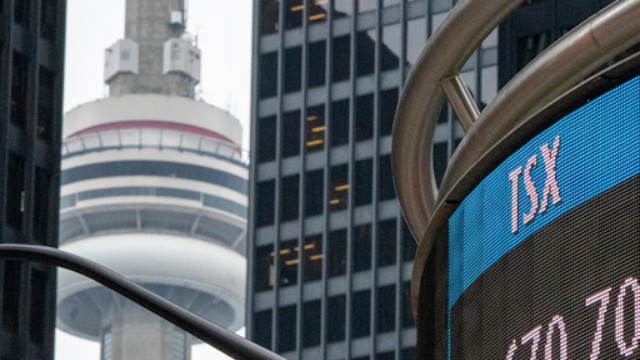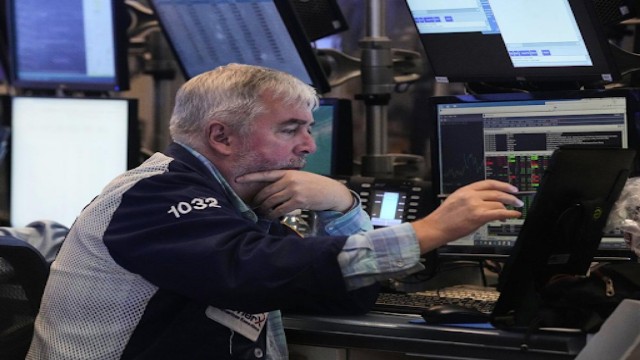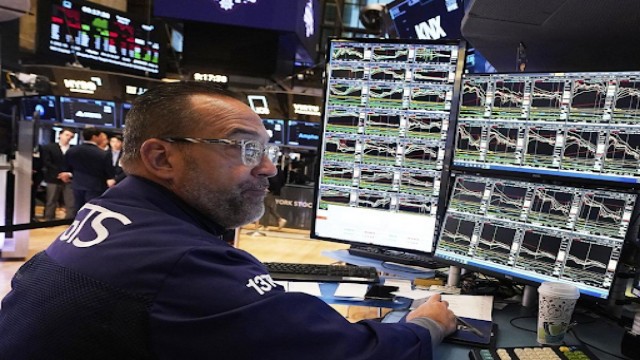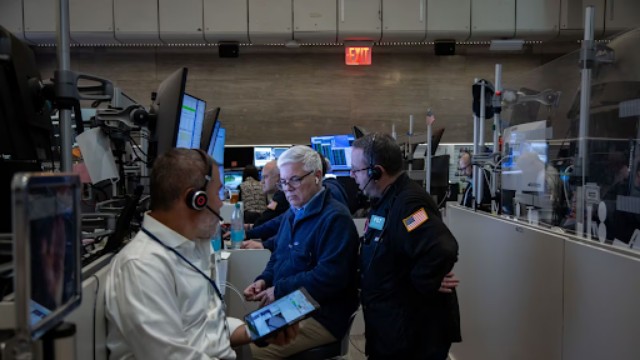
A photo taken on May 9, 2014, shows the TMX Broadcast Centre in Toronto. (THE CANADIAN PRESS/Darren Calabrese)
Canada’s main stock index climbed on Monday, driven by gains in energy and industrial shares as oil prices surged. Meanwhile, U.S. markets saw a mixed session as investors braced for upcoming trade tariffs.
Markets opened lower but gradually gained momentum throughout the day. Konstantin Boehmer, portfolio manager at Mackenzie Investments, described the current environment as uncertain. “We’re in a waiting phase, unsure of the next move,” he said, highlighting investor hesitation ahead of key economic decisions.
Markets React to Upcoming ‘Liberation Day’ Tariffs
A major market-shifting event looms on Wednesday, April 2, dubbed “Liberation Day” by U.S. President Donald Trump. On this day, a wave of tariffs targeting Canada and other countries is set to take effect. Investors remain cautious after a month filled with policy shifts, exemptions, and fresh duties on multiple industries.
“We still don’t know how aggressive these policies will be,” Boehmer noted, reflecting the market’s uncertainty.
Despite these concerns, the S&P/TSX composite index ended the first quarter on a strong note, closing at 24,917.50—up 158.35 points.
In the U.S., the Dow Jones industrial average surged 417.86 points to 42,001.76, while the S&P 500 added 30.91 points, reaching 5,611.85. The Nasdaq composite, however, slipped by 23.70 points to 17,299.29, dragged down by struggling tech stocks.
Market Volatility and Gold’s Rise
Throughout March, markets swung sharply in response to trade news. The S&P 500 finished the quarter down 4.6%, reflecting Wall Street’s struggles, while Canada’s TSX managed a modest 0.77% gain.
One standout performer was gold, which recently surpassed US$3,000 an ounce. On Monday, the June gold contract jumped US$36 to US$3,150.30. Boehmer attributed the surge to investor anxiety. “With so much uncertainty, gold is becoming a preferred safe haven,” he explained.
Recession Risks on the Horizon
Although the U.S. economy started the year stronger than Canada’s, signs of trouble are emerging. Trump’s tariffs are expected to drive up inflation while also slowing economic growth in both countries. Soft indicators like consumer confidence and business sentiment are already pointing toward a downturn.
“I’d watch those indicators closely. They reveal more than official numbers,” Boehmer advised.
Goldman Sachs has raised its recession probability for the next year to 35%, up from 20% earlier.
Commodities and Currency Movements
The Canadian dollar weakened slightly, trading at 69.56 cents US, down from Friday’s 69.90 cents.
In the commodities market, crude oil continued its upward climb, with the May contract rising from US$2.12 to US$71.48 per barrel. Natural gas saw a modest five-cent increase, reaching US$4.12 per mmBTU, while copper declined by 10 cents to US$5.03 per pound.









